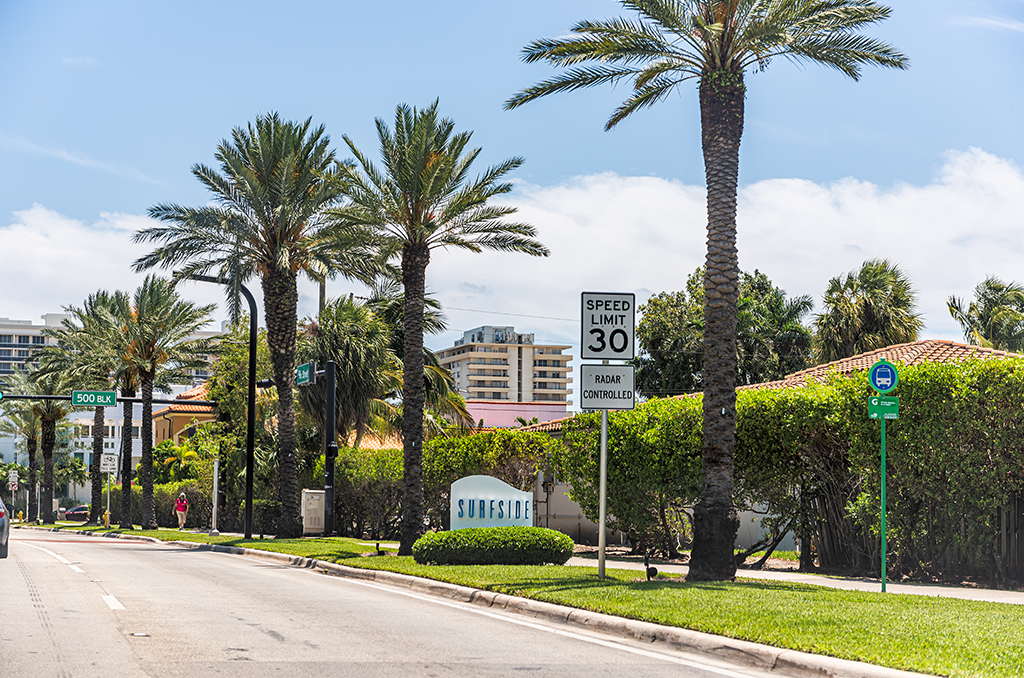Area of Surfside Building Collapse, Surfside, FL – Courtesy: Shutterstock — Kristi Blokhin
According to recommendations by the state’s engineering associations made in the wake of the tragic Surfside building collapse, Florida should require nearly all large buildings to be inspected for any damages or structural problems within their first 30 years, with follow-ups every 10 years.
For any buildings located three miles of saltwater, such as the beachside Champlain Towers South that suddenly collapsed in June, inspections should be performed within the first 20 years of occupancy, with follow-ups every seven years.
These recommendations come from seven of the Sunshine State’s leading architecture and engineering associations, which formed a task force to come up with ideas to prevent similar collapses in the future. The Surfside tragedy took the lives of 98 people.
“We’re looking at this as the bare minimum of what you should do,” said Allen Douglas, executive director of the Florida Engineering Society and the American Council of Engineering Companies of Florida.
The inspections would apply to a variety of buildings besides condominiums, including structures that are greater than 2,000 square feet that are covered by the state’s building code, office buildings, and those that exceed 10 occupants. Townhouses three stories or smaller and one- and two-family dwellings would be exempt.
“It’s our fear that if something like this isn’t done, we are going to see other buildings fall,” Douglas said. “It’s not going to be a single episode. And in our mind, it will happen sooner rather than later.” The Surfside building collapse has created a new kind of fear among engineers and architects.
If the plan is adopted, the suggestions would amount to some major changes to Florida’s building requirements. Currently, only Broward and Miami-Dade counties require buildings to undergo mandatory inspections of all structures. Douglas said he was unaware of any other states that have a statewide inspection requirement like the one engineers recommend. Under the engineers’ recommendations, the inspections would be done in two phases:
- Phase 1 inspections would be visual observations under the direction of a licensed professional engineer or architect. At a minimum they would include random inspections of garages, pool decks, roof parapets, common areas and accessible exterior areas of the structure, including at least 33 percent of the balconies and handrails.
- If structural distress is found during Phase 1, a Phase 2 inspection would be done by an experienced engineer or architect. The inspection would be far more thorough and potentially include destructive testing and the use of outside specialists.
Their recommendations have been given to the state’s legislative leaders and he expects the issue to appear when lawmakers meet in Tallahassee in January, Allen stated.
“We thought it was our responsibility as an industry to put something forth,” Douglas said. “It’s up to the Legislature to do something or not.”
Make sure you are staying up-to-date with the latest and most important Florida news with Florida Insider. Whether you are interested in business, education, government, history, sports, real estate, nature, weather, or travel: we have something for everyone. Follow along for the best stories in the Sunshine State.

Born and raised in South Florida, Krystal is a recent graduate from the University of Miami with professional writing experience at the collegiate and national news outlet levels. She’s a foodie who loves all things travel, the beach, & visiting new places throughout Florida.

